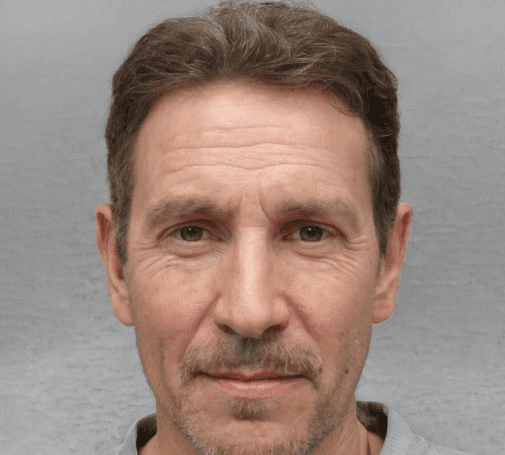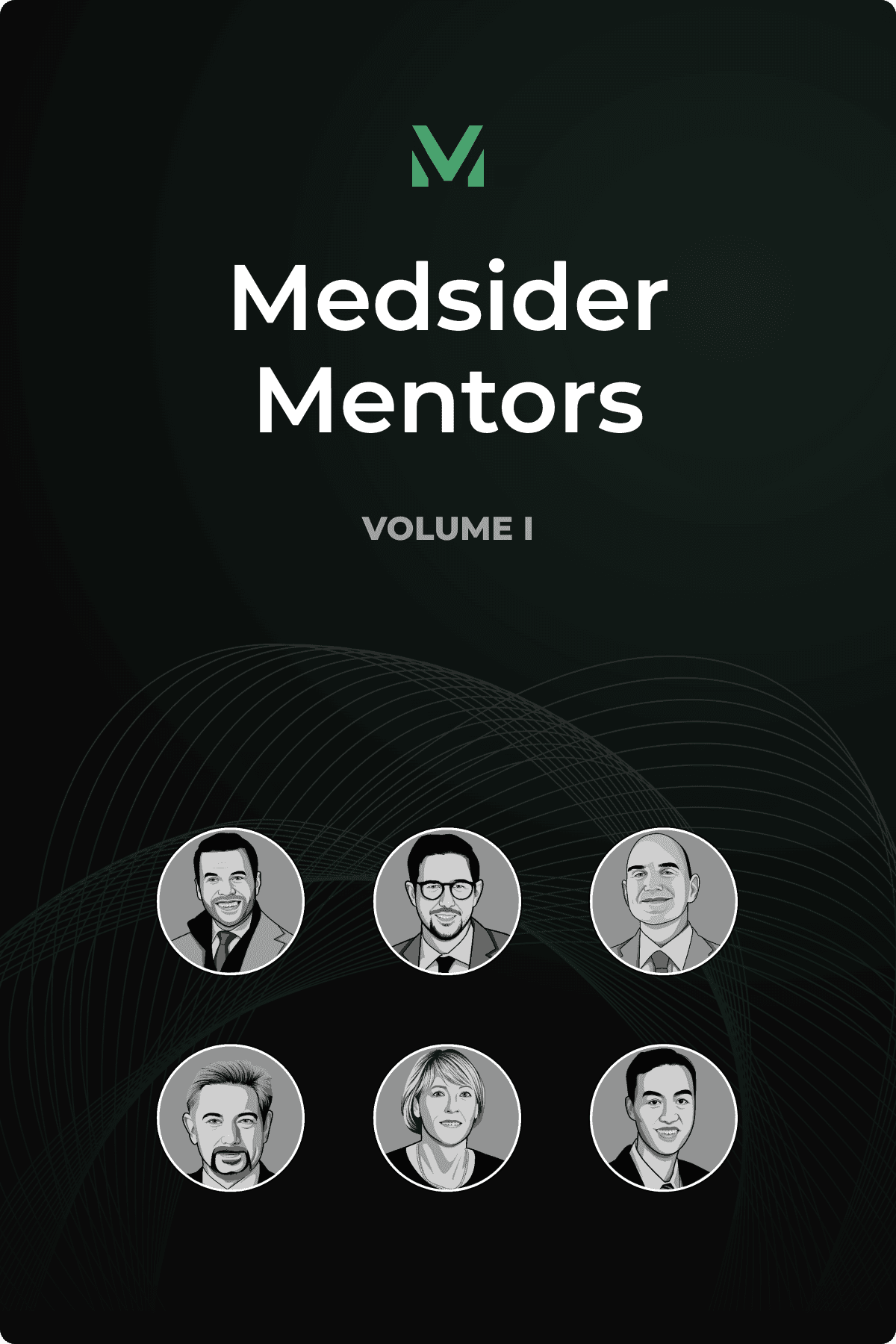Building the Beachhead Strategy
Interview with Axena Health Leaders Randy Pritchard and Erica Rogers

Key Learnings From Randy & Erica's Experience
Focus intensely on a specific market segment rather than trying to "boil the ocean," identifying the initial beachhead before expanding to avoid burning through capital pursuing too many opportunities simultaneously.
Collect real-world evidence from day one of commercial launch to understand how your device performs in actual clinical settings. FDA clearance is just the beginning, not the end of your evidence journey. By gathering this data immediately, you create a virtuous cycle where real-world outcomes drive clinical adoption, secure payer reimbursement, refine marketing messages, and guide continuous product improvements.
Communicate consistently with investors about clear, achievable milestones. Effective investor communication isn't just about sharing wins — it's about building a documented history of delivering on promises. When investors can easily track your journey from commitment to achievement to next steps, they develop the confidence to support you through multiple funding rounds.
For millions of women suffering from urinary incontinence, the standard advice has long been frustratingly inadequate: "Just do Kegels." But with over 78 million American women experiencing some form of urinary incontinence, and traditional treatments often failing to provide relief, Axena Health recognized an opportunity to transform care through technology.
The company's Leva Pelvic Health System reimagines treatment by bringing professional-grade physical therapy into the privacy of women's homes. This FDA-cleared, prescription device uses motion sensor technology to provide real-time feedback as women perform pelvic floor exercises, ensuring they're done correctly and effectively. The result? Most Leva users see an 80% reduction in bladder leakage episodes by 8 weeks, with continued symptom improvement lasting for 2 years.
For Randy Pritchard, CEO of Axena Health, the mission is deeply personal. His mother spent the last six months of her life as a shut-in due to urinary and fecal incontinence, which subsequently affected his father as well. "It's so much more than, 'Oh, I just have some urinary leakage every so often,'" Randy explains, highlighting the cascading effects on mental health, social engagement, and family relationships.
Erica Rogers joined Axena Health’s Board of Directors in November 2024. A returning podcast guest and the former CEO of Silk Road Medical, Erica was drawn to the company because it "takes the gold standard of care, which is physical therapy, and puts it in the home and in the hands and the privacy of the patient." Both leaders bring decades of experience transforming medical practice through innovative devices and strategic market development.
CEO & Board Director of Axena Health
Randy Pritchard, CEO of Axena Health, brings nearly 25 years of healthcare experience to the company, most recently as CEO of Pillar Biosciences and previously holding leadership positions at Roche Diagnostics, where he spent 18 years developing commercial expertise. Erica Rogers, who sits on Axena Health’s Board of Directors, spent a decade as President and CEO of Silk Road Medical, leading the company from early clinical trials through IPO and eventual acquisition by Boston Scientific. A returning guest to Medsider after nearly half a decade, Erica previously held roles at Medicine360, co-founded two other medical device companies, and spent over 12 years at Boston Scientific prior to her role at Silk Road.
Sponsor Message
We recently released the seventh volume of Medsider Mentors, which summarizes key learnings from the most popular Medsider interviews over the last six months.
We get it—keeping up with every Medsider interview isn’t easy. That’s why we created Medsider Mentors. These e-book volumes distill the best practices and insider secrets from top founders and CEOs, all in a downloadable, easy-to-digest format.
Check out the latest volume here. Premium members get free access to all past and future volumes, plus a treasure trove of other resources.
If you’re not a premium member yet, you should definitely consider signing up. We recently revamped Medsider with swanky new features, especially for our premium members. In addition to every volume of Medsider Mentors, you’ll get full access to our entire interview library, dating back to 2010.
You’ll also get Medsider Playbooks—curated guides packed with actionable insights on topics like fundraising, regulatory challenges, reimbursement strategies, and more.
And if you’re fundraising, don’t miss our exclusive investor database, featuring over 750 life science VCs, family offices, and angels. We’ve even created 3 custom packages to help you with your next fundraise.
Learn more by visiting Medsider Mentors.
On Commercialization: Find Your Beachhead and Create a Repeatable Process
When Erica arrived at Silk Road Medical, one of her first priorities wasn't clinical or technical — it was linguistic. She literally locked executives in a room with pizza until they created a name for their procedure. The result, TCAR (TransCarotid Artery Revascularization), is now written into medical textbooks. This branding move exemplifies her approach to carving out a clear identity in a crowded marketplace.
"Find a beachhead. Really be focused on where you can land first and expand from there," Erica emphasizes. "What I mean by that is a defined market segment where you can go to the clinician and say, 'It's not every single patient in your practice. That's too big for customers to think about. Let me focus you in on this very specific clinical profile.'"
This focused approach mirrors Randy's strategy at Axena Health, where despite urinary incontinence affecting tens of millions of women, the team has identified specific patient profiles for initial targeting.
"There are many shiny objects that come at you, especially as you get into the clinical and commercial stage of a company," Randy notes. "Focus becomes critical."
Both leaders stress the importance of establishing a repeatable process — what Randy calls "the funnel flow" — to acquire customers and track their progress through the funnel. Once that process is well-defined and consistently executed, scaling becomes a mathematical exercise.
For medical devices requiring physician prescriptions, like Leva, establishing this process means prioritizing healthcare provider education before direct patient outreach. Both Erica and Randy caution against direct-to-consumer marketing before securing physician buy-in.
"If you activate patients and you have not brought the clinicians into the partnership already, it's not going anywhere," Randy explains. "A patient that walks into a doctor that has no idea what that patient is asking them about — their first reaction is always no, and usually fairly visceral."
This strategic approach requires patience but builds a more sustainable commercial foundation.
Make Clinical Evidence Your Cornerstone
For Axena Health, FDA clearance marks the beginning of the clinical journey, not its conclusion. With 11 peer-reviewed journal articles already published on their device, the company views evidence generation as a perpetual mission.
"The approval is just the first step," Randy states firmly. "We are engaging with clinicians, and they all have a patient in mind. They want to think about that and be able to link it to what you're doing."
This commitment to evidence extends beyond regulatory requirements to encompass payer relationships, physician education, and continuous product improvement. Remarkably, 98% of Axena patients have consented to having their blinded data used for ongoing research, creating a robust database for answering stakeholder questions with evidence rather than assumptions.
Erica, drawing from her experience across multiple medical device companies, emphasizes the growing importance of real-world evidence: "Payers are often more interested — CMS has become even more interested — in what happens when you launch these things to the masses."
She continues, "You cannot underestimate the power of real-world evidence, and it should start on day one of your commercial launch. Because every day that goes by that you're not collecting real-world evidence, you're losing that opportunity to understand what happens when you put this in the hands of clinicians."
This evidence becomes particularly powerful when used to refine the product itself. Axena recently published a study showing they can predict with 80% accuracy which patients will succeed with Leva therapy after just two weeks of use — potentially allowing physicians to quickly pivot non-responders to other treatments.
"That's the promise of continuing the clinical evidence," Randy explains, "and frankly, continuing to engage with your customers as they're looking for other ways to think about how they care for their patients."
Master the Milestones-to-Money Connection
The medtech fundraising landscape demands more than promising technology — it requires strategic milestone achievement and clear communication.
"Let's talk about why we're raising capital in the first place," Erica begins. "I think folks get distracted on what we're doing with a capital raise, and it's really to achieve a meaningful and timely milestone."
She advocates for defining clear milestones tied to each fundraising round. When approaching investors, be specific about your needs and objectives — explain that you need a certain amount of funding to accomplish specific milestones, and how achieving them will increase your company's valuation. This clarity shows investors exactly how their capital will translate into measurable progress and value creation.
Both leaders stress the importance of consistent communication with current investors, who can become champions for future rounds. Randy has implemented a monthly scorecard system using red-yellow-green indicators to keep his board updated on progress against key metrics.
"What has the most success is a history of success," Randy reflects. "They are investing in a history, whether it's in this company or in the people that are there that have done it elsewhere."
Erica adds a crucial reminder about investor psychology: "Keep in mind that these investors are involved in dozens of companies. We think that we're the star of the show, and they're going to remember every last detail about our company every minute. You'll be surprised how you have an investor who's been around the table for five years, and they literally forget where you are in your journey, what's been accomplished."

Getting Acquired: Timing Your Strategic Exit
When it comes to engaging potential strategic acquirers, both leaders caution against approaching too early. Having spent 18 years inside a strategic company evaluating acquisition targets, Randy emphasizes the importance of timing:
"If you're too early, the standard line is you only get one chance to make a first impression. And if you're not ready, you're not articulate, you don't have that clear vision, it just goes on the 'no' pile very quickly."
He adds,“Great companies get bought. Companies that have been built to sell, rarely do.” The real focus, he explains, should be on building a valuable asset and a business that works. "When you have a big impact in a market, people take notice."
Erica distinguishes between two acquisition pathways: "Some strategics are doing tuck-ins. There's been a few, even in the last year, that's an off-balance R&D project ... and that's a small multiple for the investors who got involved early. Then there's buying categories. When they're paying 1.2 billion, they want the category."
She adds, "If you're looking to flip something quickly ... I think those deals do get done, but they're not at big multiples. But what we're talking about is big acquisitions at very high multiples where you created a category or you define category leadership."
Final Thoughts: Building for Lasting Impact
Beyond strategies and financials, both leaders believe culture and purpose drive sustainable success in medtech companies.
Erica points to culture as the foundation of their achievement: "We had a branded culture ... We had a flag that everyone could fight for. And I think that is so critical when you're trying to do something really, really hard."
Randy emphasizes that genuine culture transcends superficial perks. "A lot of people think of culture as [in terms of] ping pong tables and beer. It's not. The best cultures are around what are the core behaviors that you all align on that make sure you deliver results."
For Axena, which operates as a fully remote company, maintaining this unified culture presents unique challenges but also opportunities. "It's given us the ability to get talent that we would have never gotten by demanding people be in Boston," Randy explains.
For medtech entrepreneurs, Randy and Erica’s message is clear: start with a well-defined problem, build evidence relentlessly, focus narrowly, and communicate consistently. But ultimately, success comes from building something people truly need — and creating a culture where talented individuals can commit to solving meaningful problems together.
As Randy puts it: "If you find something that you're passionate about and you can focus on it, it's not a job. It's a cause. It just so happens that it allows you to do the things you want to do in the rest of your life."
Sponsor Message
After raising over $40M from corporate venture and cardiovascular key opinion leaders, FastWave Medical has progressed rapidly in the development of its next-generation intravascular lithotripsy (IVL) systems for complex calcific disease.
The market size for IVL is over $9 billion and the only player in the space was recently acquired for over $13 billion. So naturally, there’s a lot of investor interest in FastWave.
Given the continued demand to invest in FastWave, their team has opened up an investor waitlist for anyone interested in potentially owning a piece of the company.
The last time the company opened up an private placement, it closed nearly $20 million in less than a month. So if you’re interested in investing in one of the hottest cardiovascular startups, opt into their investor waitlist here.
You May Like These Articles
Medsider Premium
Become a premium member and unlock access to exclusive Medsider benefits.



